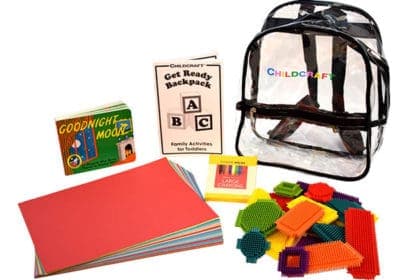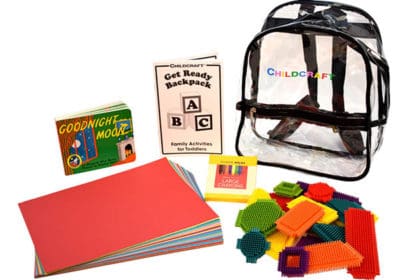Children are more engaged and effective in class when their families are involved in the education process, especially when it comes to learning important skills in early childhood. There is no specific formula for successful family engagement, as each individual family dynamic is unique, but NAEYC’s Engaging Diverse Families project outlines six principles for putting family engagement into action.
Why Do We Need Family Engagement?
Outside of school, a child’s family is their most important source of learning and skills development in early childhood. In an effort to leverage this natural family influence, programs and educators are working to encourage families to engage in aspects and the continuation of their child’s education outside of school.
While families are unique and diverse, each has their own skills and experiences to offer as a benefit to education programs and their early childhood learners. These skills and experiences work together with educator programs to give young children their best chance at success in school. Below are list of six principles that made the NAEYC’s Engaging Diverse Families Project helpful and successful.
Methods for Encouraging Family Engagement
Six principles highlighted in NAEYC’s Engaging Diverse Families project give examples of policies and practices that support and encourage family engagement.
Principle 1: Programs invite families to participate in decision making and goal setting for their child. The education programs and families collaborate to create learning goals for both at home and in school.
Principle 2: Teachers and programs engage families in two-way communication. According to each family’s preferences, communication between school and home is both timely and regular, opening opportunity for conversation.
Principle 3: Programs and teachers engage families in ways that are truly reciprocal. Educators learn about the lives, families and communities of the children, and use this information in the curriculum and instruction. Then families are able to share their unique experiences and skills.
Principle 4: Programs provide learning activities for the home and community. Educators plan activities and skill building that enhance each child’s early learning and encourages families’ support outside of school.
Principle 5: Programs invite families to participate in program-level decisions and wider advocacy efforts. Decision making about the educational program includes families, inviting them to advocate for and support early childhood education in the wider community.
Principle 6: Programs implement a comprehensive program-level system. Family engagement policies and practices are institutionalized to ensure educators and leadership find the support they need to continue engaging families.
Use these principles as examples of how to encourage and incorporate family engagement into an early childhood classroom, or as examples of how you can become more engaged in the education and at-home learning practices of your early childhood learner.
 Childcraft Get Ready Backpacks Promote Learning in the Home
Childcraft Get Ready Backpacks Promote Learning in the Home
CHILDCRAFT “get ready backpacks” are filled with suggestions for fun, engaging activities for families to enjoy with their children outside of the classroom. Each backpack was developed by Preschool, Kindergarten, and Toddler teachers to focus on age appropriate skills that help young children succeed. These ‘ no workbooks’ , ‘no flashcards’ kits are designed to encourage a love of learning in the home.
